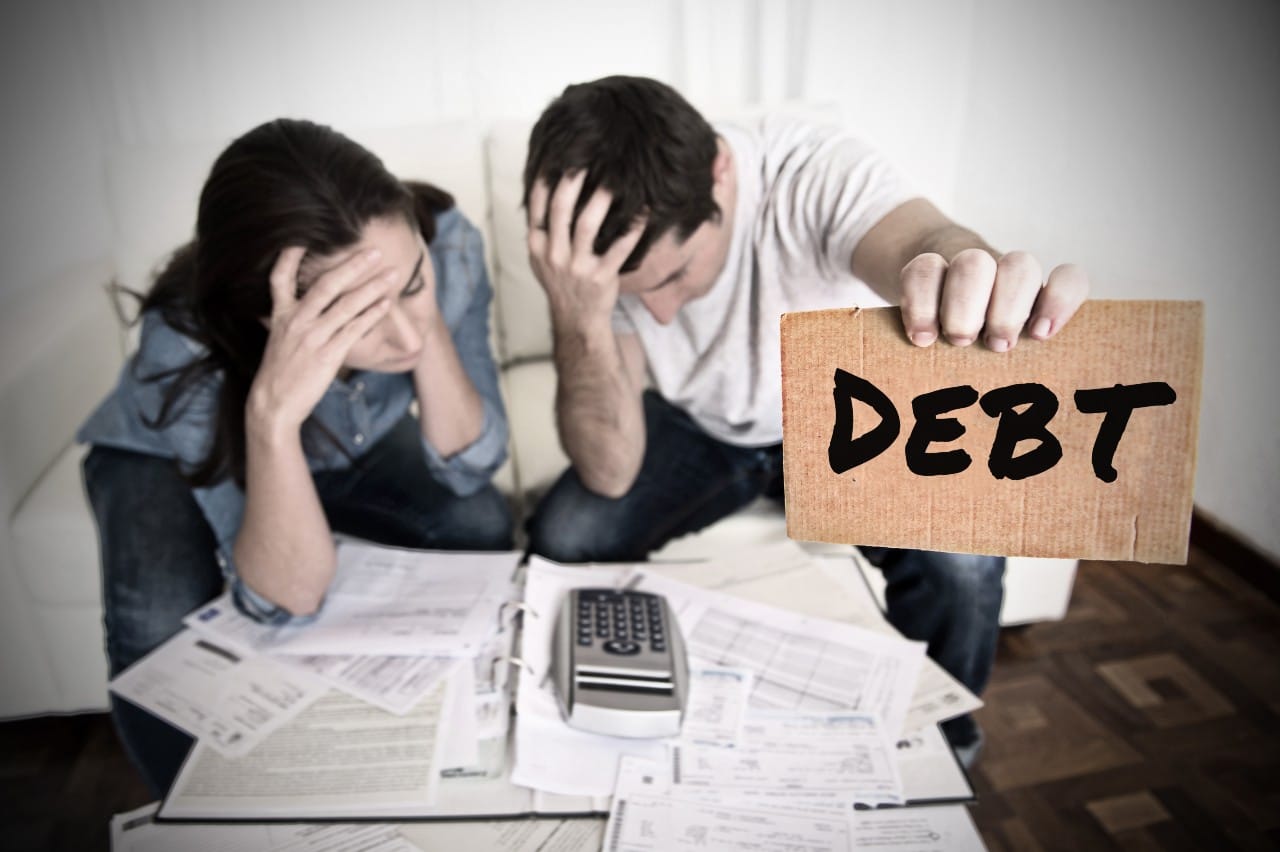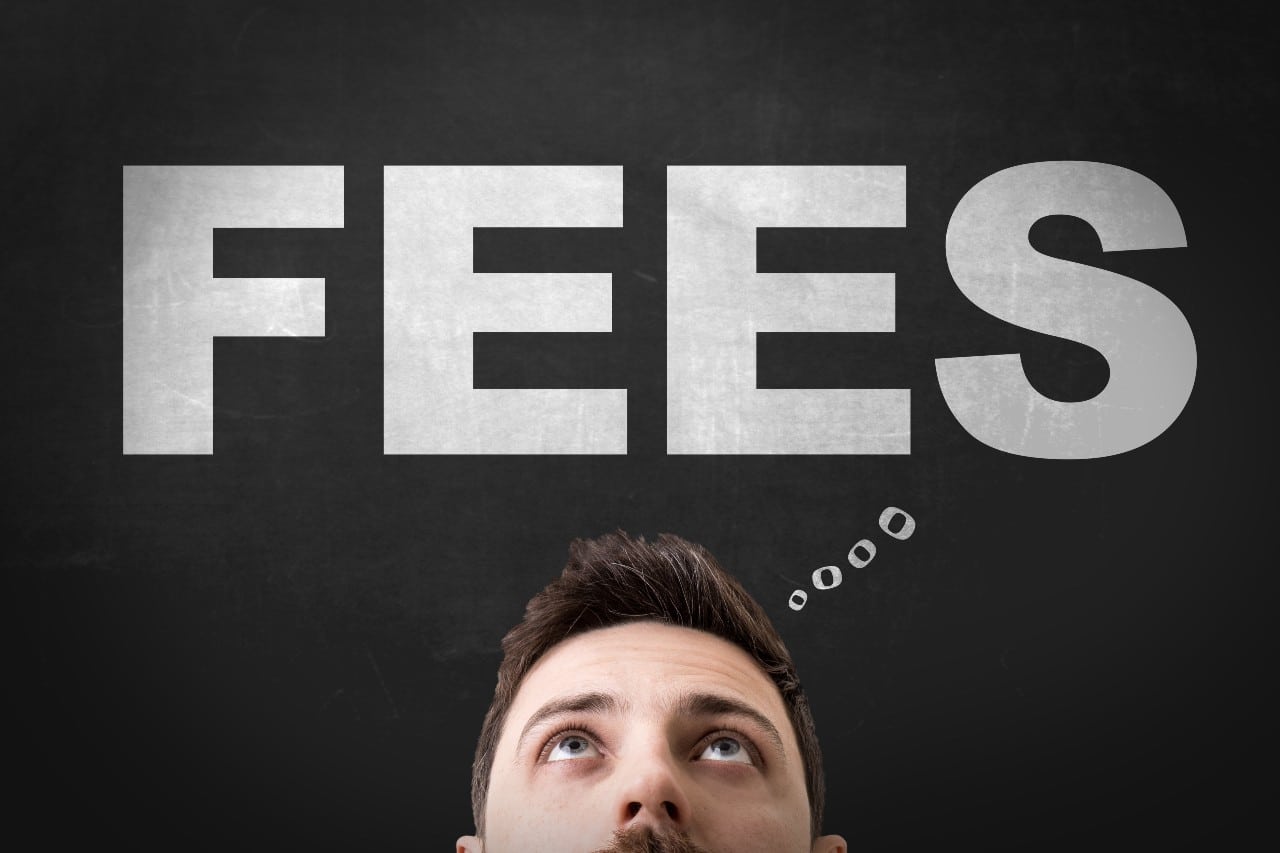Between rising interest rates from the Bank of Canada and high inflation, Canadians are struggling to make ends meet. In fact, some people are facing a situation where their financial institution has used their right of set-off. Leaving them in an even more precarious financial position. In this article, we’ll explain what a right of set-off is and what you can do to prevent them.
What is a right of set-off?
The right of offset (or set-off) is the privilege of a bank, credit union, financial institution or similar entity to recover money owed by an account holder. Often, this happens to recover outstanding debts or bank credit, such as a loan or credit card payment. In other words, the right of offset is the ability of a financial institution to take money out of your account to cover debt repayment. Most financial institutions include a clause in their contracts that allows them to do this.
How does a right of set-off work?
A financial institution has the right to take money from a depositor’s bank account to cover any outstanding debts owed to them. This may come as a surprise to some, but a financial institution can activate the right of set-off without:
- Giving you notice
- Obtaining your permission
- Leaving enough funds in your account for other expenditures
- Leaving a positive balance
This makes it even more important to be aware of when your cheques or bill payments are scheduled to come out of your account. If you don’t have enough funds because the right of offset has been actioned, you will incur non-sufficient funds (NSF) fees. This can cause a downward spiral into debt.
What to do if you’re facing a right of set-off
If you’re facing a right of set-off, you might incur the following problems:
- Cash flow issues: You might struggle to make other bill payments or afford other costs of living.
- Penalties and fees: Non-sufficient funds (NSF) or other overdraft fees might apply.
- Issues with other debt: If other creditors become aware that a right of set-off has been actioned on you, they may decide to also take action to retrieve their payments. Leaving you struggling even more.
So, what do you do if you’re facing these problems? Unfortunately, a right of set-off is a right, so there’s not much you can do to stop it. Often, people don’t find out about it before it’s too late. Once a right to off-set is actioned, if you still owe money, there are two options:
- You can talk to your financial institution to get more details and discuss a repayment plan that works better for you.
- You can switch banks so that your current bank won’t have access to your find anymore. Keep in mind that you are still required to repay any money owed.
Most importantly, facing a right to set-off usually means you’re already experiencing a lot of financial hardship. Strongly consider speaking with a financial advisor or counsellor for help getting your finances on track.
How to prevent a right of set-off situation
While it’s virtually impossible to stop a right of set-off, there are things you can do to prevent one from happening. These include:
- Making payments on time and in full: By always making full, timely payments, entities won’t have a reason to take action.
- Reduce debt obligations: Only take on debt that you absolutely need and can afford. Otherwise, debt can become unmanageable and that’s when banks take action.
- Healthy financial habits: Use a budget, build an emergency fund, live below your means, watch your credit score, and develop other good financial habits. These will prevent financial struggle.
Types of set-offs
Most often, financial institutions and banks that action a right to set-off, but there are other entities that can also exercise a right to set off. In general, a set-off is any instance where one entity can claim money or assets owed to them using existing access to resources of the debtor. Below are other types of set-offs:
- Contractual set-off: In the case of an ongoing business relationship, a contract is put in place regarding the use of set-offs.
- Insolvency set-off: If you’re going through the process of bankruptcy, a right of set-off might arise from a third party. However, this can be complex, a Licensed Insolvency Trustee typically guides you through the process.
- Legal set-off: During legal proceedings, debts from unrelated transactions can be offset against each other.
- Equitable/transaction set-off: This happens when two debts are closely linked. When companies have conducted business and both owe each other payment, one company can offset their invoice by the amount owed to them by the other company.
What is the process like?
There is no requirement for the entity to notify you or request permission. This means a right of set-off often happens without any notice. In fact, often, depositors only notice the money is gone when they log into their account and notice the balance is much lower than expected. Plus, there will be a transaction record of the withdrawal.
Right of set-off and you
If you’re curious about the right of set-off with your bank or financial institution, read the fine print of your agreement. Somewhere in the contract, you should find a clause about what they can and cannot do. Otherwise, by staying on top of your debts and finances you won’t have any need to worry.
Do you need help with your finances due to a right of set-off? Our expert credit counsellors can help. Reach out today for a consultation!










